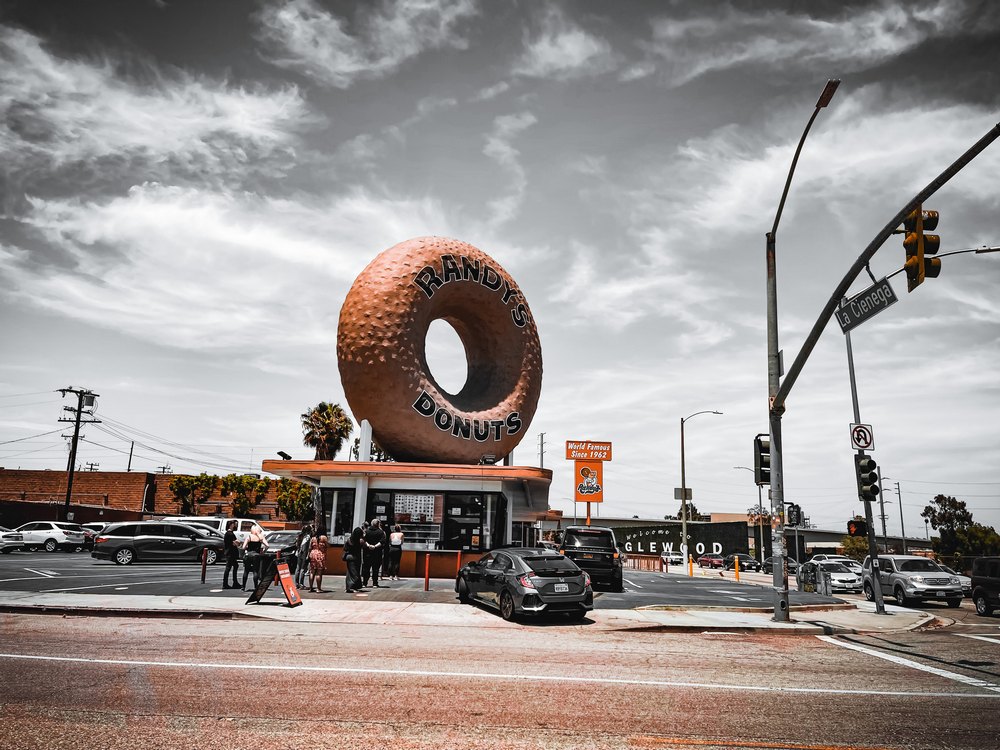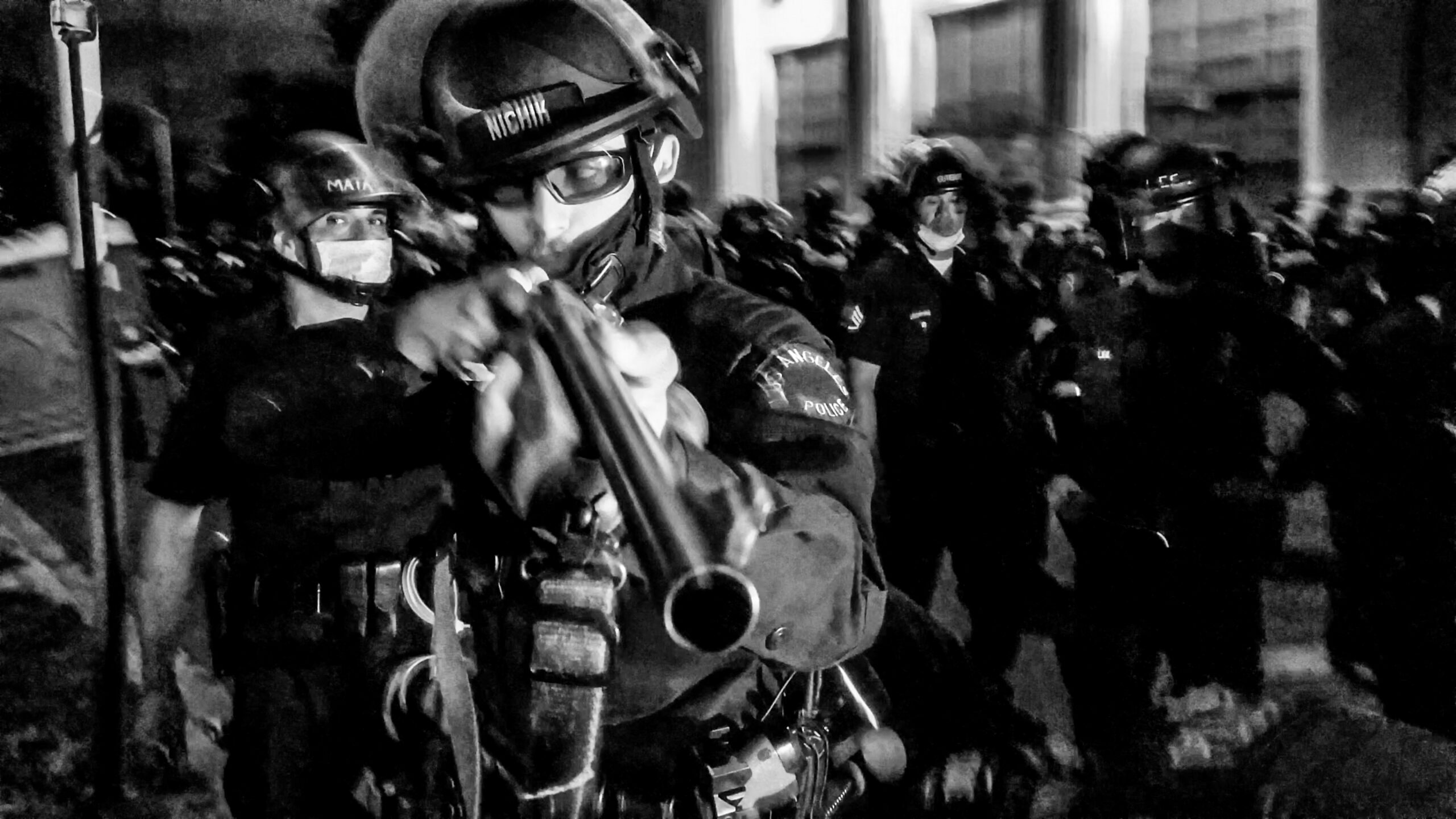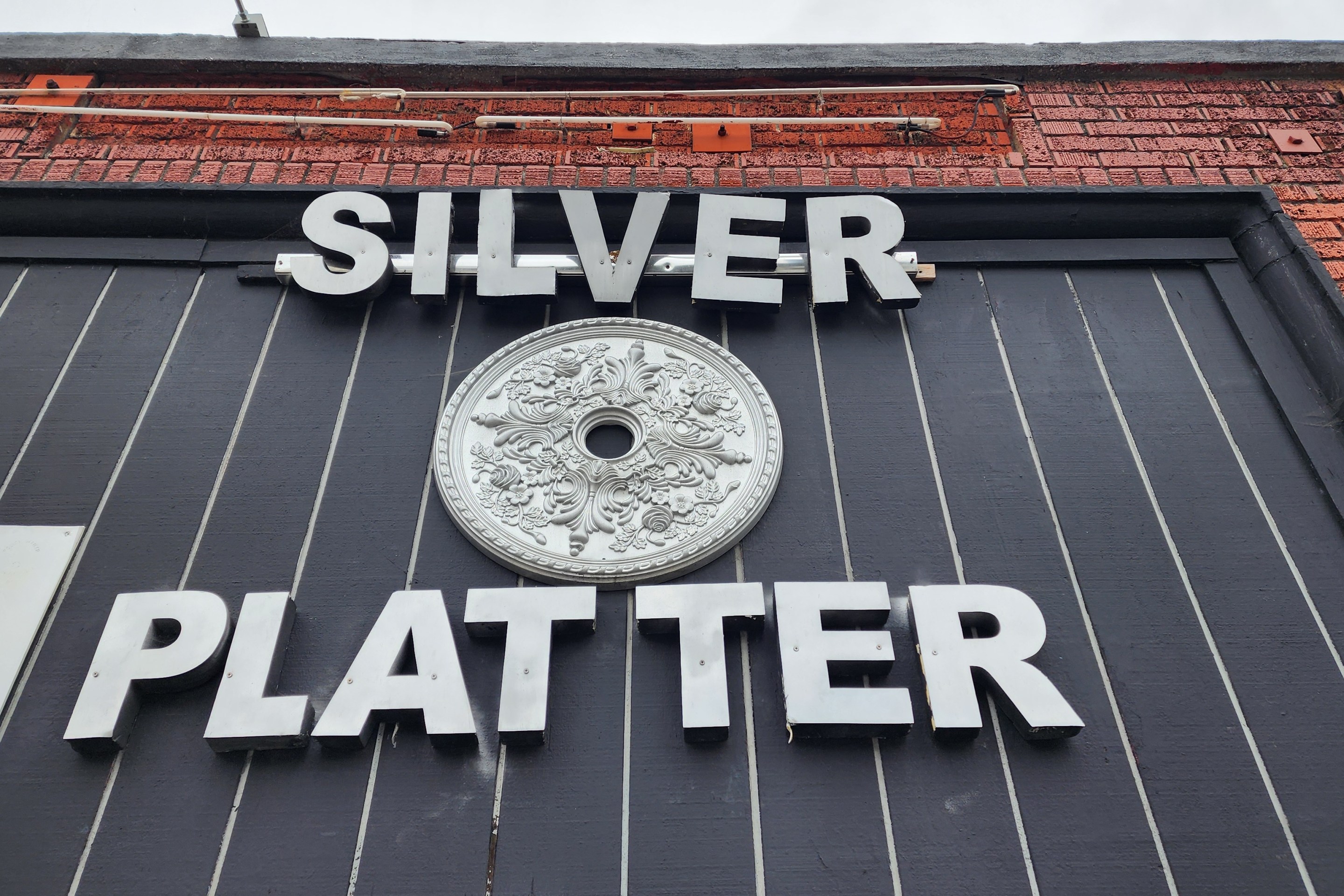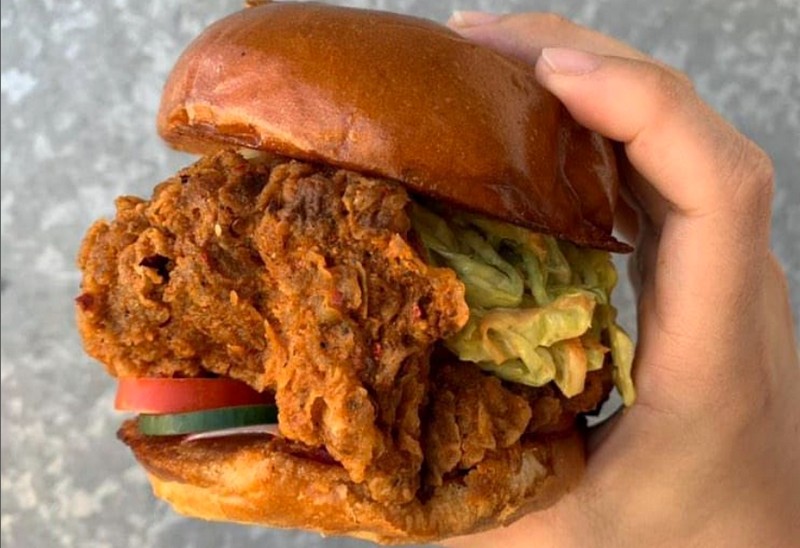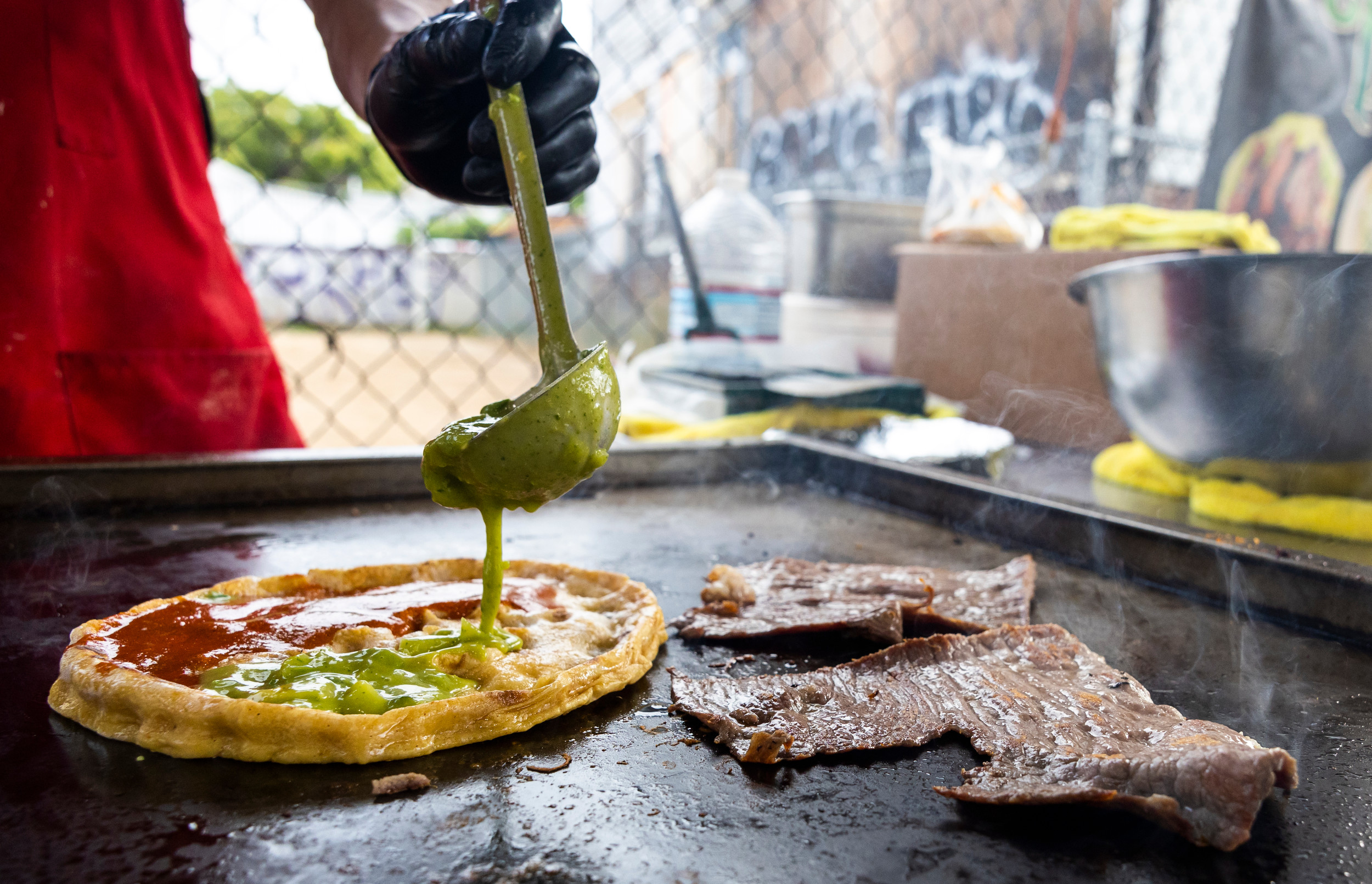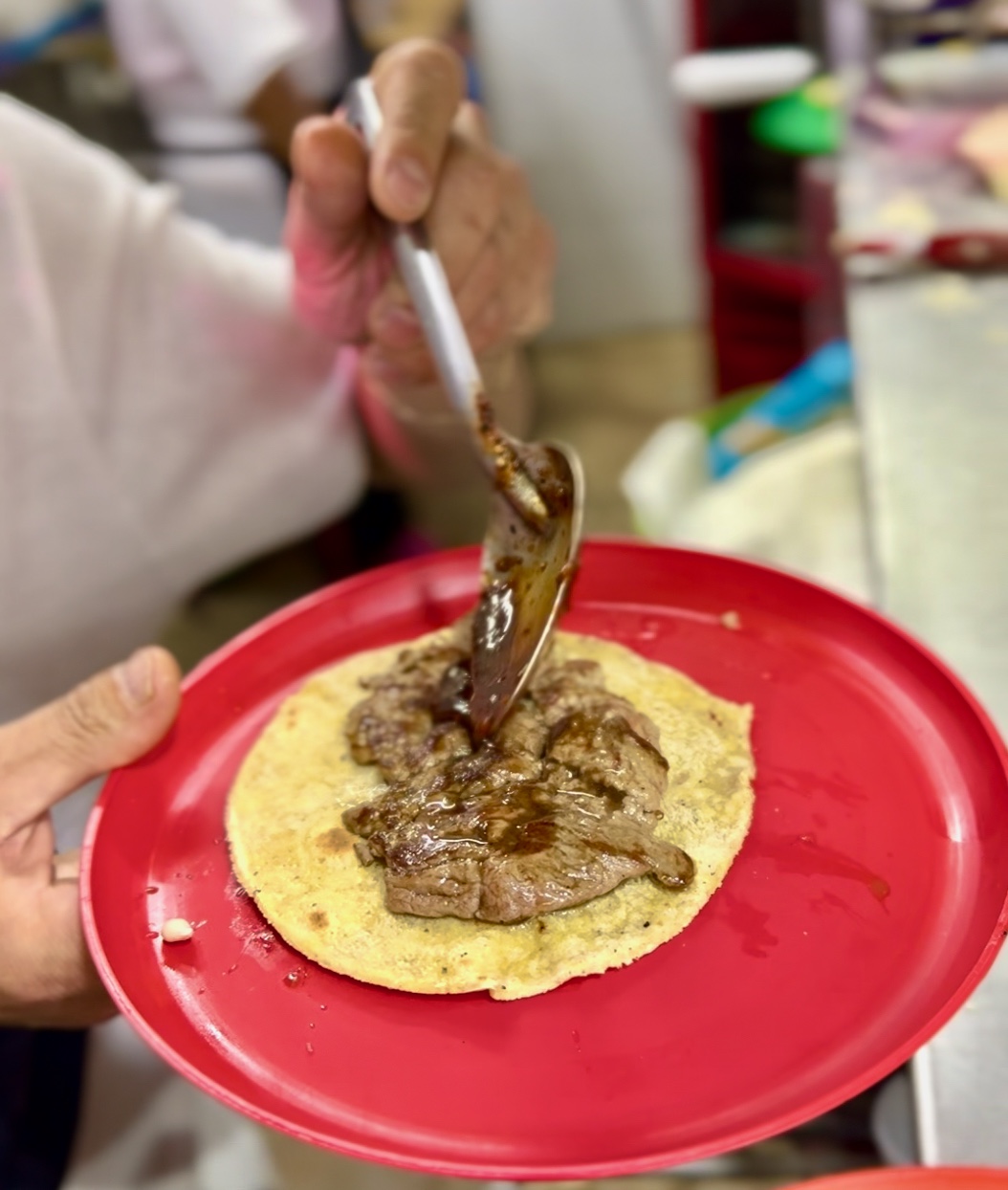L.A. TACO is embarking on its biggest mission yet: to create a taco guide for every single neighborhood in Los Angeles! Along the way, we will also be releasing brief histories of each neighborhood to understand L.A. a little more and celebrate how each and every neighborhood makes our fine city the best in the world.
The area encompassing modern-day Inglewood has long drawn people to L.A.’s southwest. The Aguaje de Centinela hot springs, memorialized today in Edward Vincent Jr. Park, were vital to Natives in the area and later to the pobladores (settlers) of Los Angeles of 1781. These budding colonists were ordered to graze their animals closer to the seaside so that they wouldn’t interfere with lands belonging to the Spanish missions. These settlers are said to have driven their cattle to drink on these Westside springs, paving the way for two Californio ranchos that would later dominate what we now call Inglewood: Rancho Sausal Redondo and Rancho Aguaje de la Centinela.
The Centinela Valley Historical Society is housed today at the site of the one-time heart of this city, the Centinela Adobe, which was built by Ygnacio Machado, a son of original settler Jose Manuel Orchado Machado, who arrived in Los Angeles as a 23-year-old muleteer and solider from Sinaloa. The name Centinela descends from the word “sentinel,” to honor the hillside watch perspective offered from the rancho, which stretched from the creek to the sea. Eventually, Ygnacio Machado claimed both ranchos for his family.
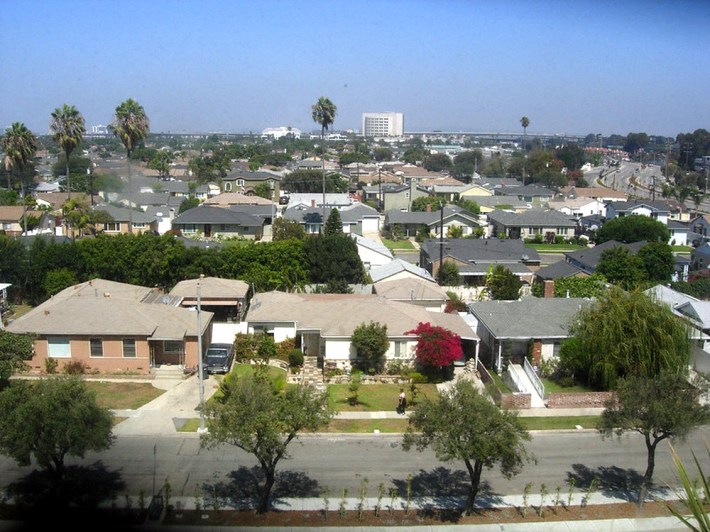
Landowner Daniel Freeman is considered the founder of contemporary Inglewood, after first leasing, then purchasing these two combined ranch lands from Scotsman Sir Robert Burnett. He established the Centinela-Inglewood Land Company in 1887 to develop the city, beginning with a four-horse coach and foundations for a railroad station, school, and the appointment of its first local officials, prior to the city’s official debut in 1888. Freeman would make his fortune in farming barley, using his own wharf in Playa Del Rey to ship millions of barrels of the grain. Inglewood would be officially incorporated into Los Angeles in 1908. From 1920 to 1925, Inglewood would be named “the fastest growing city in the United States,” the result of a population boom that started when tourists came to look at the damage from a large 1920 earthquake. Hollywood Park Racetrack would later open for thoroughbred racing in 1938, becoming immediately popular despite a two-year closure in 1942 due to the War.
The Inglewood Park Cemetery, established in 1905 as the world’s largest burial land, also helped put Inglewood on the map, with coffins and funeral attendants coming in from different parts of the city on wagons and the streetcar line. The cemetery is the resting place of numerous legends. Ray Charles, Johnnie Cochran, no-hitter-on-LSD-throwing baseball pitcher Dock Ellis, Ella Fitzgerald, boxer Sugar Ray Robinson, Big Mama Thornton, and Etta James are among the many buried here.
For a brief, imaginably glorious moment, Inglewood was known as the “Chinchilla Capital of the World” after an enterprising dude named Mathias F. Chapman fulfilled an arduous, years-long adventure in importing the animals from the Peruvian Andes, effectively kickstarting the entire industry around their soft fur.
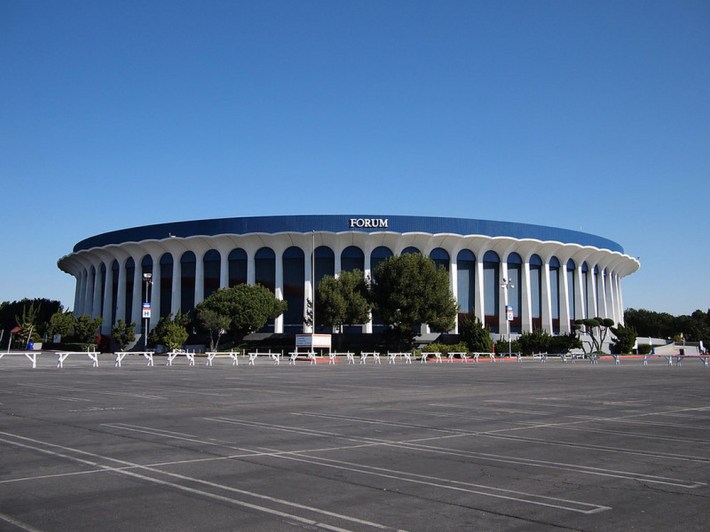
World War II effectively turned Inglewood from an agrarian community to an industrial manufacturing hub servicing the automobile and aerospace industries. The city was a notable producer of fighter planes and rockets, centered in a North American Aviation factory, which was eventually absorbed by a series of different companies, ending with Boeing today. Alongside this industrialization came an increasingly urban environment, birthing such nationally recognized local icons as Fosters Freeze (1946), Randy’s Donuts, née Big Donut (1951), and The “Fabulous” Forum (1967), which we’re still calling it.
Inglewood was long a Whites-only city prior to Black families taking residence around its eastern borders in larger numbers by the sixties. According to historians, the Ku Klux Klan had a local presence here as late as 1939. A small army of masked Klansmen from various parts of L.A. infamously carried out a raid in Inglewood in 1922 against a suspected Mexican bootlegger and his family, resulting in the death of a police officer, who surprise surprise, was one of the offending Klansmen, shot and killed by Inglewood’s own City Marshall. Even after the Klan’s decline, real estate agents would not show homes to people of color in Inglewood, and the city was known as a “sundown town,” where Black people could be in danger of physical violence after the sun went down.
The city’s first Black policeman was hired in 1969, its schools desegregated in 1970, and its first Black city council member was appointed in 1972. The 2020 census shows 37.86% of Inglewood’s population is Black, while over 50% is labeled as Latino and 4% White. Today, the “City of Champions” continues to be one of many neighborhoods at the front of the debate over gentrification in Los Angeles, as the new SoFi Stadium, surrounding mixed-use developments, and future plans for a new home for the Clippers are coming at the cost of affordable housing and support for longstanding residents, businesses, and the city’s celebrated artists.
